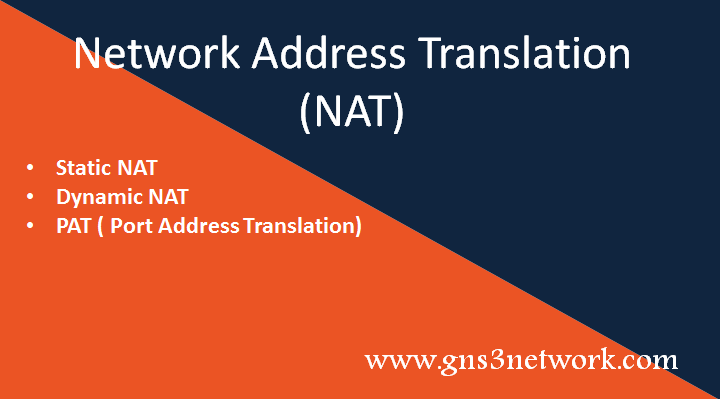In this article, we will discuss the NAT (Network Address Translation). Before continuing, I recommend you to read my Public and Private IP address article. NAT is also known as IP masquerading. Let’s continue!

Why we need NAT?
NAT is often used to translate private IP addresses to public IP addresses. As we already know, our private IP addresses are valid only on our LAN (Local Area Network). So, in this situation, we need a lot of Public IP addresses in order to provide Internet connectivity to all users. But, here NAT plays a vital role. NAT can provide Internet connectivity to many LAN users over a single public IP address. This technique helps a lot to save IPv4 address space.
There are many varieties of NAT available. We just have to configure it according to our needs. A part of saving IPv4 space, it also masquerades IP addresses. We can simply hide our private IP address from public internet or from “Hacker World”. Although, it also helps to create a secure DMZ (Demilitarized zone).
Different types of NAT
There are three types of NAT available. Static NAT, Dynamic NAT and Port Address Translation (PAT). Each type of NAT has different characteristics. Below we will discuss each type in more detail.
Static NAT (Network Address Translation)
Static NAT is the basic type of NAT. Here, one private IP address converts into one public IP. So, it can hide only a single private IP address.

Dynamic NAT (Network Address Translation)
Basically dynamic NAT is the same as Static NAT, but here we have a pool of public IP addresses. Thus, it automatically takes a free IP from the public IP pool and automatically modified the IP header of the packet.
Dynamic NAT is used in large enterprise networks. Bigger companies purchase a huge amount of Public IP addresses and keep them in a pool. This pool is assigned to a group of hosts, and it starts providing public IP addresses to these hosts.

PAT (Port Address Translation) in NAT
PAT stands for Port Address Translation. It is the most famous NAT type. It is used to provide Internet connectivity to a large number of Hosts by using a single Public IP address. PAT is widely used in Home, Campus and Enterprises Network.
PAT, usually configured on most of the network. Here, Internet Service Provider (ISP) provides a static Public IP on a router or firewall. Each time, when internal hosts want to initiate a connection to the public Server, then Router, will assign a port number and translate their private IP address to a public IP. Although, at the same time, other internal Hosts can initiate the connection with Public Servers.

Related Articles
Summary
In this article, we discussed NAT (Network Address Translation). NAT is basically masquerading our private IP addresses from the public domain. NAT has three types, although, PAT (Port Address Translation), is one of the famous type which can provide Internet connectivity to thousands of users with the help of a single IP address.
Did you find this article helpful? Please leave a comment in the comment box!